Why Does My Community Have Brown Water?
Complete guide to wastewater discharge permits in Colorado. Understand CDPHE requirements, avoid violations, and streamline your permit application today
Colorado’s Wastewater Discharge Permit Rules: What Communities Need to Know
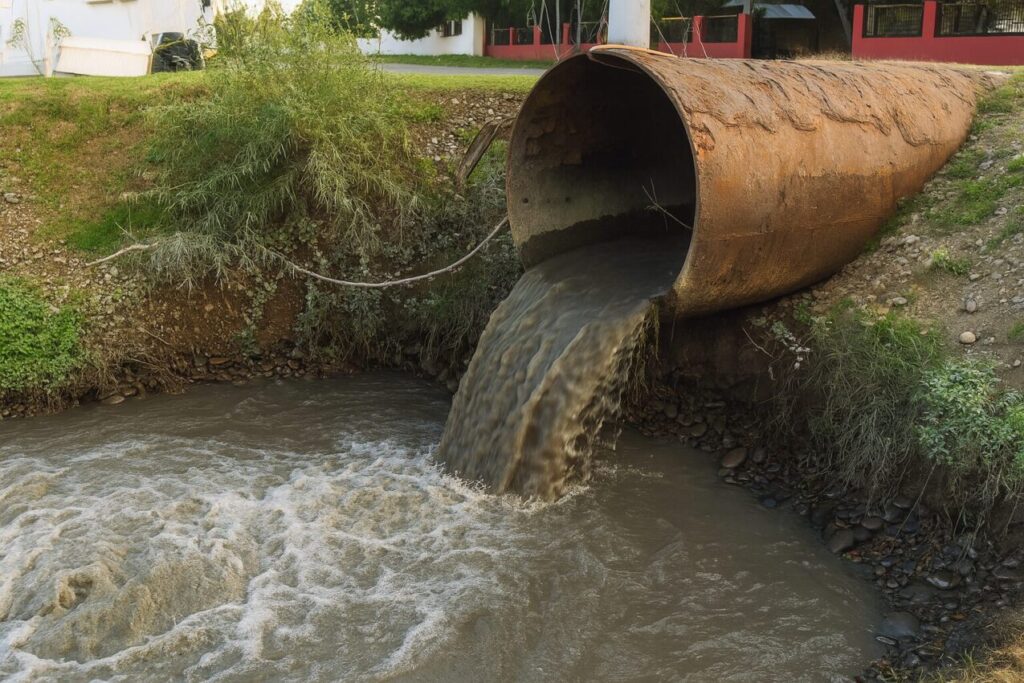
Complete guide to wastewater discharge permits in Colorado. Understand CDPHE requirements, avoid violations, and streamline your permit application today
Understanding Your Community’s Wastewater Collection System
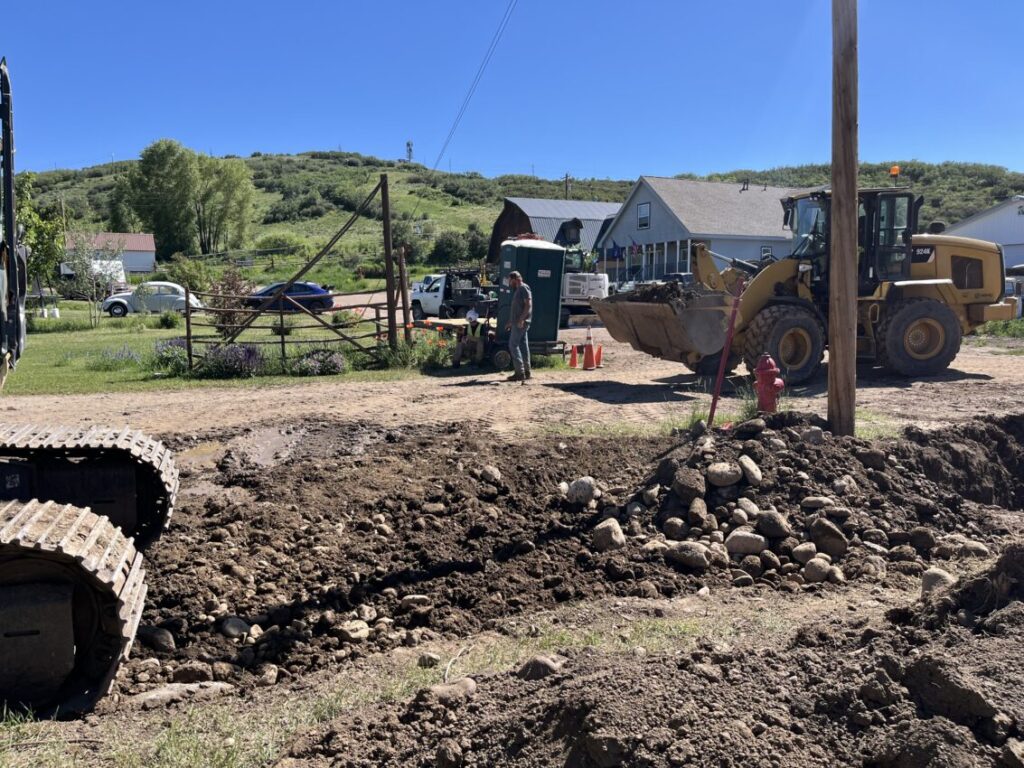
In today’s world, protecting water resources is more critical than ever. At the heart of this mission are environmental engineers, the professionals who design, implement, and refine systems that manage wastewater safely and sustainably. Their work not only protects public health but also preserves the environment for future generations.
What Is Water and Wastewater Engineering?

In today’s world, protecting water resources is more critical than ever. At the heart of this mission are environmental engineers, the professionals who design, implement, and refine systems that manage wastewater safely and sustainably. Their work not only protects public health but also preserves the environment for future generations.
Advancements in Wastewater Treatment: Screen Technologies and Grit Removal Innovations

n this episode, we engage with Simon Randle, who brings light to the latest advancements in wastewater treatment technologies. We delve into diverse solutions that are reshaping how wastewater is managed, from intricate screen technologies at the very beginning of the treatment process to advanced grit removal systems.
A Deep Dive into North Texas Municipal Water District’s (NTMWD) Environmental Commitment

The North Texas Municipal Water District (NTMWD) plays a pivotal role in the region’s water landscape, providing wholesale wastewater services to 24 communities and serving a substantial 1.4 million residents.
A Comprehensive Vision for Water Infrastructure Investment

As Texas stands on the brink of its 2024-2025 biennium with an impressive $32.7 billion surplus, a golden opportunity emerges to shape the state’s future through strategic investments in water, wastewater, and flood/stormwater projects.
Maximizing Efficiency in Wastewater Collection and Treatment

Orenco’s cutting-edge wastewater treatment systems are changing the game. In a candid conversation between Bill Snyder and Big Mike, we explore these innovative systems, diving into their functionality, applications, and the advantages they offer in terms of efficiency and cost savings.
Maximizing Efficiency and Minimizing Costs of Reverse Osmosis Systems
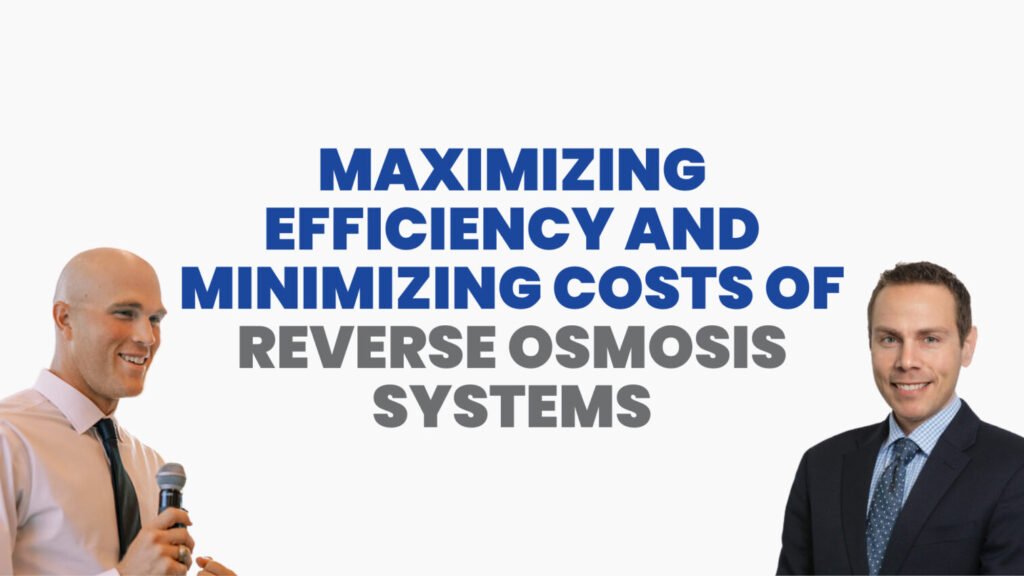
We delve into the Reverse Osmosis Systems, exploring their applications, efficiency, and how you can significantly reduce operational costs.
Leveraging the State Water Implementation Fund for Texas (SWIFT) for Rural Water and Sewer Communities: An Exploration
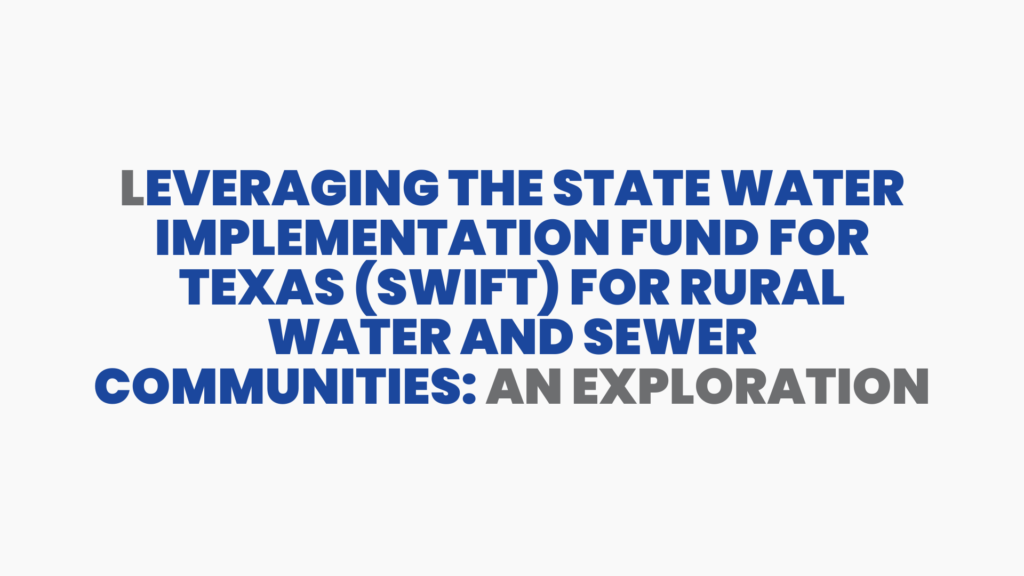
Inflow and Infiltration (I&I) is a critical factor that impacts wastewater collection systems and wastewater treatment plants. Simply put, I&I refers to stormwater and groundwater that unintentionally enters the sewer system. This usually happens via illegal connections, cross connections, foundation drains, roof drains, broken lines, unsealed manholes, or root infiltration.
Key Take Aways From EP11: “How Inflow and Infiltration Impacts Your Collection System and Wastewater Treatment Plant”

Inflow and Infiltration (I&I) is a critical factor that impacts wastewater collection systems and wastewater treatment plants. Simply put, I&I refers to stormwater and groundwater that unintentionally enters the sewer system. This usually happens via illegal connections, cross connections, foundation drains, roof drains, broken lines, unsealed manholes, or root infiltration.
Uncovering the Potential of Detailed Water Loss Analysis in Rural Communities
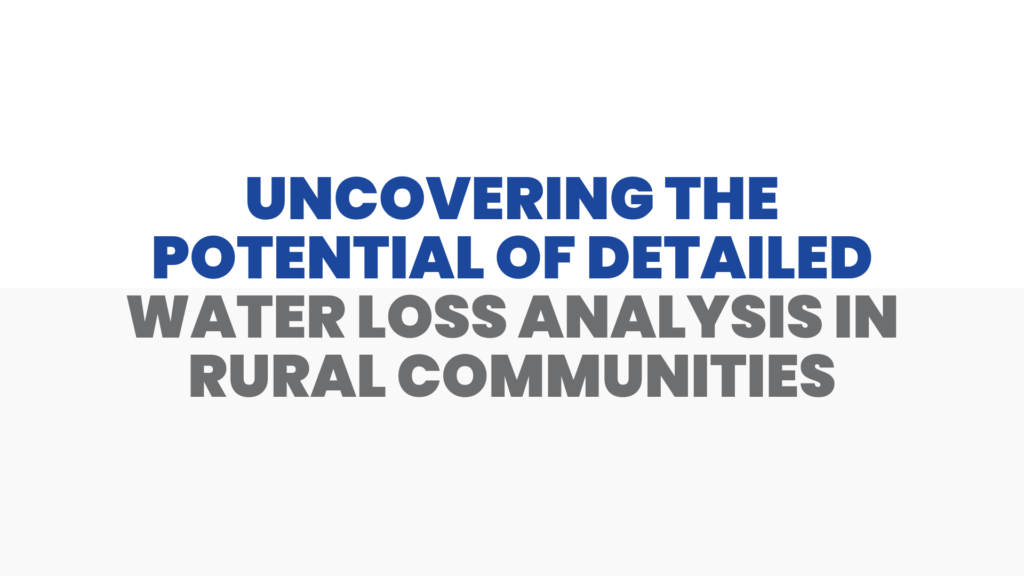
In a recent episode of Engineering for Communities Live, The Importance of Detailed Water Loss Analysis | EP 9, we explored the significance of conducting detailed water loss analysis in rural water and sewer communities. We initiated the discussion by sharing insights from our interviews with water and sewer providers in Colorado and Texas. Surprisingly, half of the 14 water providers interviewed were grappling with unidentified water losses, highlighting the need for a more comprehensive approach.
Knowing When Your Wastewater Treatment Plant (WWTP) Needs to be Upgraded: A Guide for Rural Communities
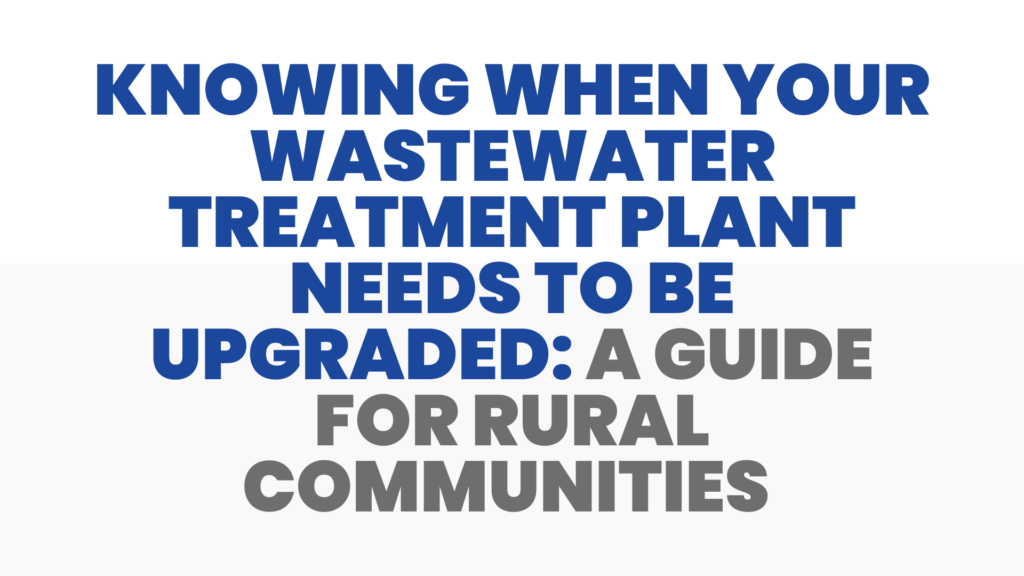
In rural water and sewer communities, we are the stewards of our natural resources. We understand the importance of maintaining clean water for our families, farms, and future generations.
Why a Detailed Water Loss Analysis Matters for Rural Communities
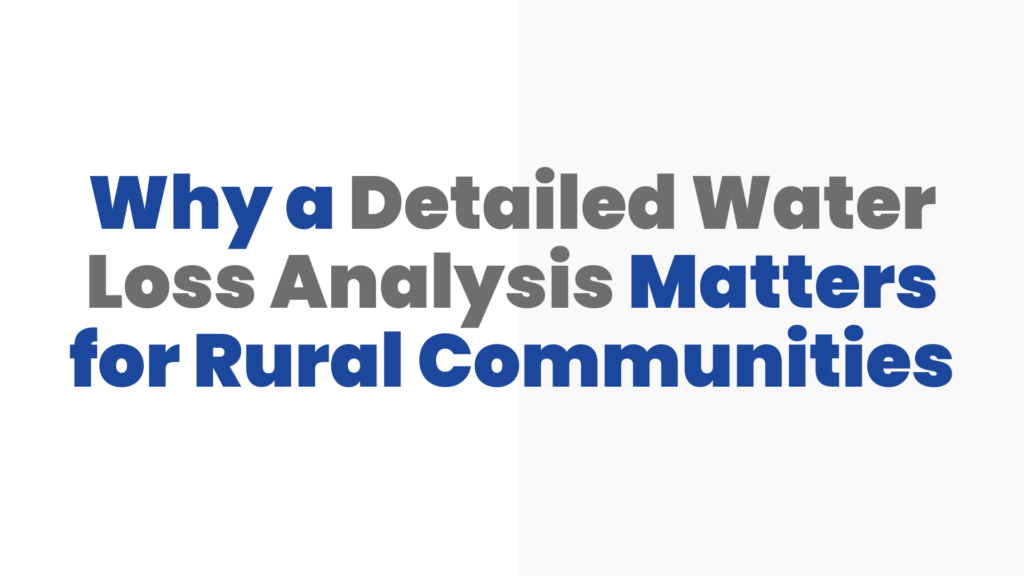
Water is a precious resource, especially in rural areas. Keeping track of how much water is being used and making sure none is wasted is very important. In this article, we will talk about why a detailed water loss analysis matters and how it can help rural water and sewer communities save money and protect their water resources.
Optimizing Small Water Treatment Plants Tips and Tricks for Rural Providers

Running a water treatment plant in a rural area is a big responsibility. You want to make sure that everyone in your community has clean and safe water. In this article, we will share some tips and tricks to help you optimize your small water treatment plant and keep your community healthy and happy.
Innovative Water Treatment Technologies for Rural Communities: Affordable and Sustainable Solutions
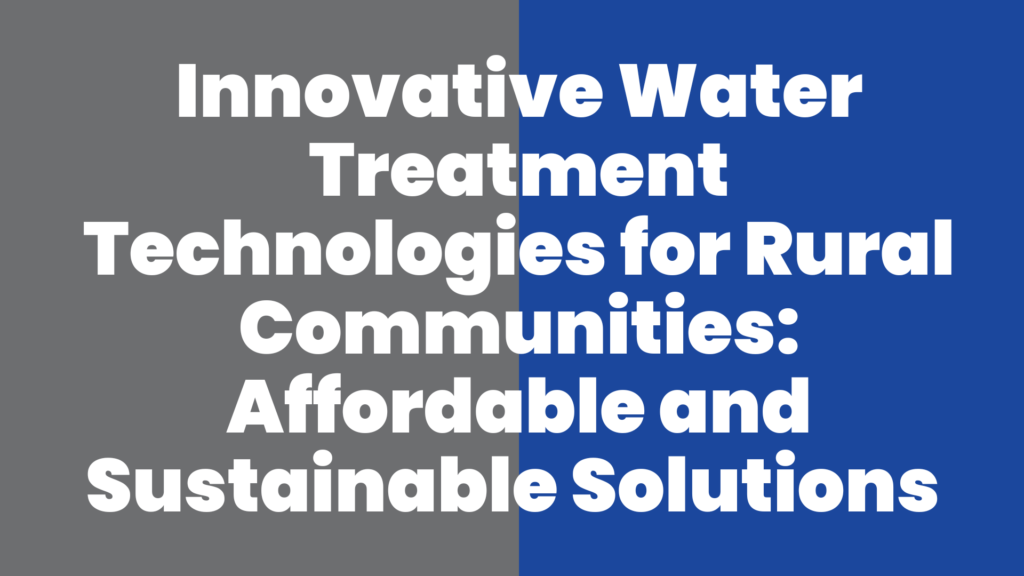
As a member of a rural water and sewer community, you understand the importance of providing clean and safe water to your neighbors. Your commitment to your community is unmatched, and you continuously look for ways to improve the quality of life for those around you.
Wastewater Engineering and Permitting
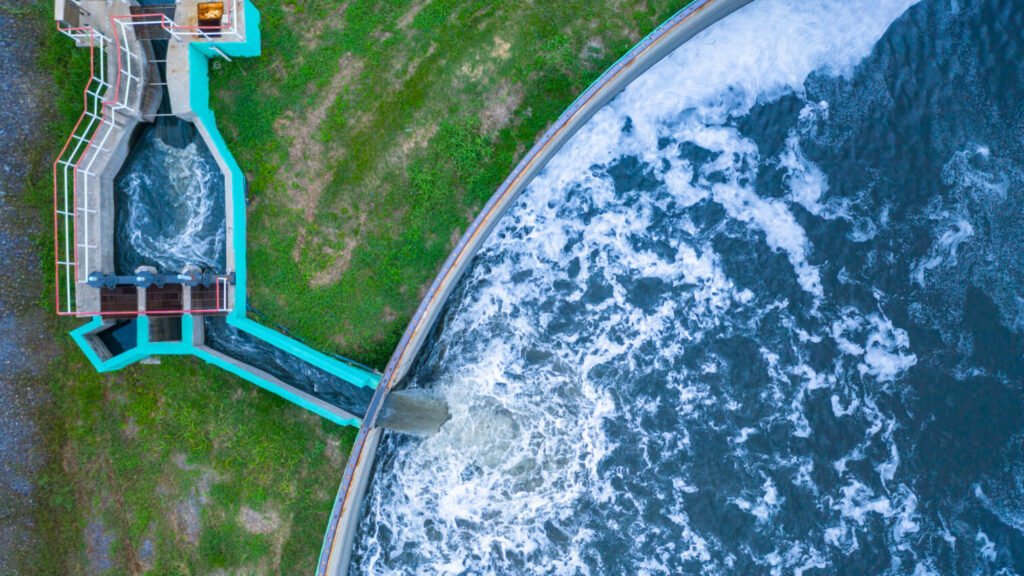
Wastewater Engineering and Permitting If you are a developer/property owner in a construction project, you must arrange for adequate storm and sanitary sewer services to the development site. The developer (property owner) will need to contact the appropriate wastewater engineer. The City and County of Denver’s Wastewater Engineering Department has final say over any new major development and redevelopment in the county. This includes development requiring a permit that results in the discharge of stormwater or wastewater, such as those resulting from the following: Sites and development of one-half acre or more Sanitary sewer lines Storm lines Drainage channels Water quality facilities The Wastewater Engineering and Permitting Division provides services to meet Denver’s current and future needs for safe and effective wastewater collection, transport and treatment. Applications for construction permits are processed as either minor construction or major construction through the combined efforts of Development Services and Denver Department of Transportation Construction Activities Stormwater Discharge Permit (CASDP) A Construction Activities Stormwater Discharge Permit (CASDP) is required for any project that meets the criteria listed below, or at the discretion of the DS Engineer. Stormwater Management Plans are required for development activities that include the disturbance of one acre or more; site development or redevelopment that is part of a larger plan; site development or redevelopment which has significant potential for erosion; or construction activities on soils contaminated by hazardous pollutants. The Construction Plan and Drainage Report or the Sanitary Sewer Study are required at the discretion of the Development Services engineer. This study must be done by a licensed professional engineer like Michael Groselle, P.E. from Modern Engineering Solutions, who will prepare a site plan to show the extent of work proposed; existing topographical contours, grades, and drainageways; proposed grades and profiles for roads, channels, and foundations; locations of existing drains and manholes; plans for structures (if any); proposed treatment facilities; proposed landscaping features such as curbs, sidewalks, fences (if any), etc… This guide helps the design professional consider and incorporate aesthetic elements at the earliest stages of designing a stormwater detention pond when an above-ground facility is chosen as a method to control stormwater runoff. It provides a process review, design considerations and tools to assist professionals in meeting their clients’ aesthetic needs while achieving technical requirements. Aesthetically enhanced detention and water quality ponds(PDF, 8MB) Step 1: Requirements for Submittal Storm Drainage Submittal and Sanitary Sewer Requirements Application to Construct (TEP Application)(PDF, 180KB) Attachment #1 – Engineers Certification Block(PDF, 13KB) Attachment #2 – Irrevocable Letter of Credit Sample(PDF, 118KB) Attachment #3 – Certificate of Inspection Letter Sample(PDF, 180KB) Attachment #4 – Title Block Sample(PDF, 362KB) Development Services Sanitary and Storm General Submittal Guidelines(PDF, 251KB) Easement Relinquishments Entrance Requirements(PDF, 586KB) Fees Sample Letter of Certification(PDF, 74KB) Sewer Main Build Over Requirements(PDF, 86KB) Sewer Main Line Abandonment Requirements(PDF, 88KB) Sample Permanent Non-Exclusive Easement (PNEE)(PDF, NOTE: Developments and Projects over 1 acre (both residential AND commercial) will also require a Construction Activities Stormwater Discharge Permit (CASDP) Step 2: Sewer Use and Drainage Permits (SUDP – Wastewater) See the Sewer Use and Drainage Permit page for complete information on Wastewater SUDP permits. Step 3: Standards and Details The following technical documents can be downloaded from the Department of Transportation & Infrastructure, Right of Way Services, Technical Documents page. Manuals and Regulations or Department of Transportation & Infrastructure Document Center. Sanitary design and technical criteria manual Sanitary sewer master plan Storm drainage design and technical criteria manual Storm drainage master plan Wastewater detail and technical specifications Wastewater standard detail drawings Step 4: Standard Fees For information on DOTI standard fees, see Department of Transportation and Infrastructure (DOTI) /SUDP under Building and Land Development Fees.
The Civil Engineer’s Role in the Wastewater Treatment Process
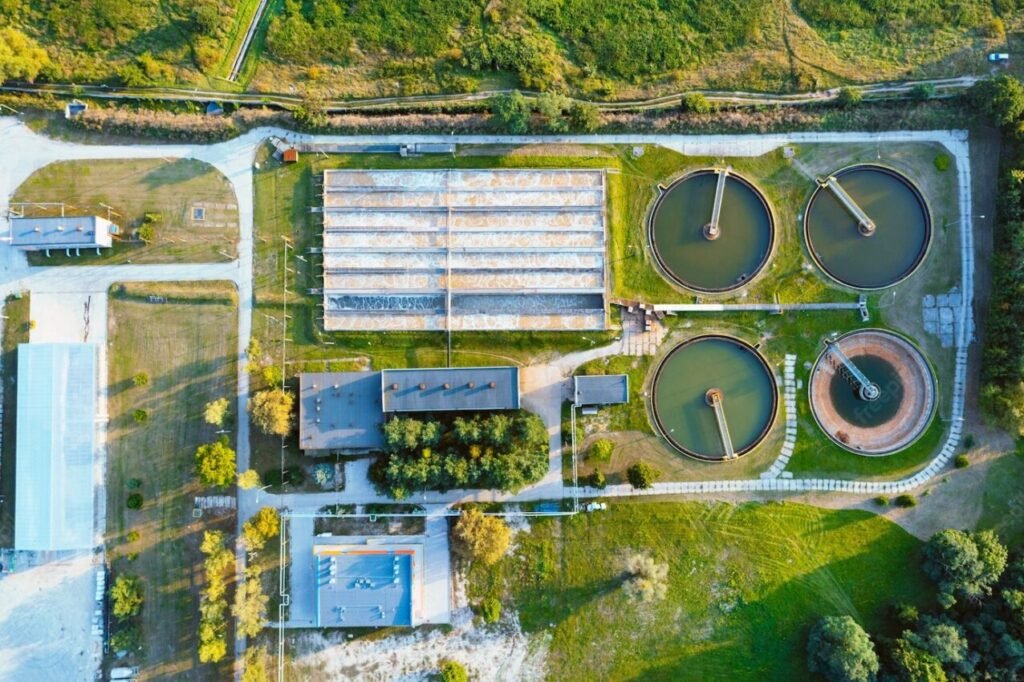
The Civil Engineer’s Role in the Wastewater Treatment Process A wastewater treatment plant is a complex and highly technical system that removes pollutants from wastewater. The engineer who designs and supervises the construction of wastewater treatment plants plays a critical role in ensuring that these systems operate successfully. Engineers must understand the principles of hydraulics, fluid mechanics, chemistry, and environmental engineering in order to design wastewater treatment plants that meet regulatory standards. In addition, engineers must be able to work with a variety of contractors and project managers to ensure a successful project. Wastewater Treatment Plant Engineers typically work for engineering firms or consulting firms that design and supervise the construction of wastewater treatment plants. They also may work for local, state, or federal agencies that regulate wastewater treatment facilities. Wastewater Treatment Plant Engineers typically work in offices or on-site at wastewater treatment plant facilities. However, they may also work with project managers and other technical specialists to coordinate the design of a site that meets applicable regulations. The wastewater treatment process begins with the collection of wastewater from various sources. The wastewater can come from homes, businesses, factories, or even farms. Once it is collected, the wastewater is screened to remove large objects such as rocks and bones. The water that remains is then contaminated with pollutants such as bacteria and chemicals. The wastewater treatment process is one that is constantly evolving in order to meet the needs of society. The next step in the process is to separate the different types of waste. This can be done through a variety of methods, including sedimentation tanks, flotation tanks, and clarifiers. Each method has its own benefits and drawbacks, which must be taken into account when designing a wastewater treatment plant. The primary clarifier is a tank that filters out the soluble contaminants. The secondary clarifier is a secondary tank that removes chlorine, chloramines and other volatile contaminants. The biosolids digestion and composting processes are used to treat the solids from the wastewater. Aeration is the process of using mechanical equipment to mix air into the wastewater. This aeration process increases the amount of oxygen available in wastewater and makes it easier for microorganisms to do their work. Filtration is the process of passing a solid waste through a filter that removes solids. The final method is direct treatment with chemicals or biological agents to kill the pathogens and other organisms in the wastewater. Developer SERVICES Trinity Retail Plaza PROJECT Water and Wastewater Solutions SERVICES Arabian Acres Metropolitan District Treatment Improvement PROJECT Engineering Firms SERVICES Extraterritorial Jurisdiction (ETJ) BLOG Next, the wastewater is disinfected using either chlorine or UV radiation. This will kill any microbes and also remove any chemical contaminants. After disinfection, the water is discharged back into the environment without taking any of the pollutants it contains with it. The wastewater treatment plants are operated by the local governments, and are completely separate from the collection system. In some countries, such as the United States, wastewater is collected in large centralized plants. Wastewater treatment plants are often located near industrial areas, such as factories, municipal water supply systems and sewage treatment plants. This is because the pollutants in wastewater tend to be toxic at low concentrations and are not easily removed by natural or chemical processes. Wastewater treatment plants are generally distinguished by the type of process they employ. In many cases, the population of a country is large enough that there is not only one wastewater treatment plant, but one for each major river basin.
